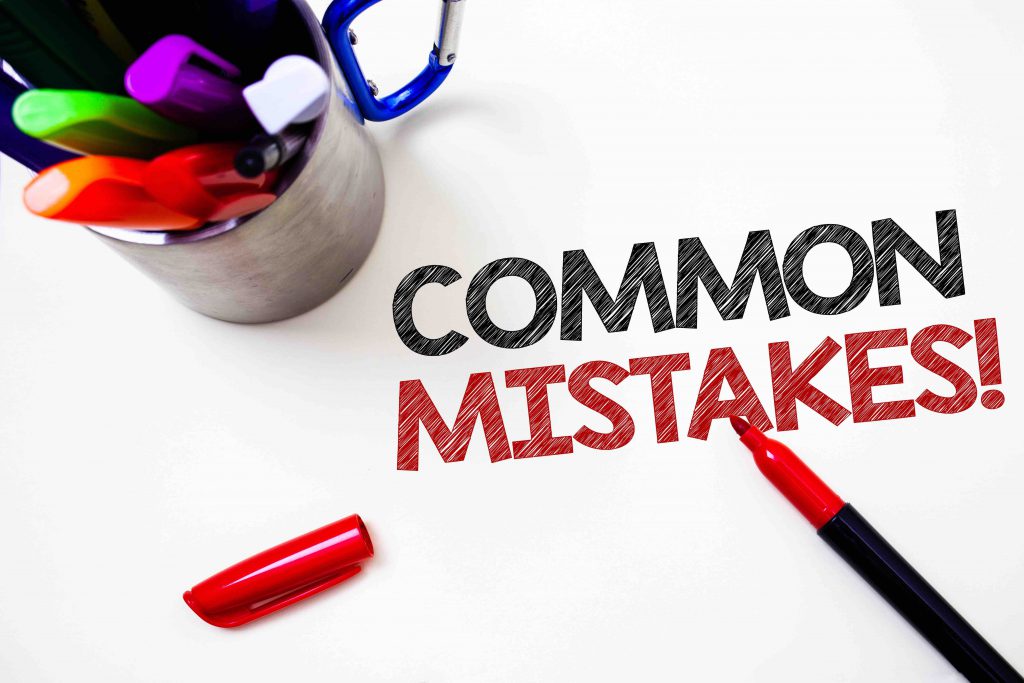Behind countless published works in a library, documents at an international office, films at an editing studio, and other pieces of work across many industries is the silent force of translation. Translators lurk in the backstage of almost every sector, facilitating the use of products and services, providing educational material for knowledge seekers worldwide, or even making art accessible to an international audience.
With businesses expanding globally and immigrants and asylum seekers shifting the communication dynamics of the world, language and translation services are in growing demand. Careers that are high in demand are very attractive to pursue. But before you start taking active steps towards becoming a translator, let’s first walk a mile in their shoes.

The Road to Translation
There are multiple roads that lead to the business of translation. Some prefer to tread the academic path in pursuit of degrees in linguistics and translation while others hone their passion and natural gift to acquire the professional needs of the business. Whatever path a translator chooses, the love for words and languages is essential, and the dedication to clear communication is a must.
After all, a translator’s job is to connect people using mankind’s most basic – yet most complicated – form of expression: language.
What Makes a Good Translator?

Being a professional translator requires a full range of skills and a nurtured pattern of thinking. Although language proficiency lies at the heart of translation, it takes more than just that to become a good translator, even when you’re a native speaker.
1. Practice
A translator must continuously exercise his/her knowledge by reading, writing, listening, and speaking the language of practice. The difference between the right word and the almost-right word is massive and can have drastic repercussions. But through diligence and relentless practice, a translator can master the graceful flexibility of linguistic aerobics.
2. Curiosity
He who thirsts for knowledge is never quenched, and so is a translator whose curiosity surpasses mere knowledge of language and translation nuances. A good translator is constantly investigating new subjects, new sentence structures, new terminology, and even new file formats.
And because language and subject matter are eternally entwined, extending one’s knowledge in current affairs, popular culture, scientific advances, and literary references facilitates the translation process and massively impacts the outcome quality. A translator should therefore always stay up to date with the news to be able to identify and understand any new references or expressions that gain popularity among subject matter experts.
3. Humility
As opposed to the false sense of confidence and pride that may drive an unprofessional translator to guess what a term or phrase means, a humble translator knows his/her weaknesses, admits when they don’t know something, and is willing to extend their knowledge whenever and however needed. Even knowledge can become outdated and using old knowledge can be as weakening to the translated outcome as a false guess.
In an industry where translation and transcreation are two separate services, humility also guarantees that a translator, no matter how knowledgeable, will commit to their role without meddling in any further territories of the text at hand. Always remember that an author maintains authority over a given document’s contents, and the translator has no right to force any personal ideas or add, embellish, or improve text to parade one’s own linguistic skills.
When it comes to translation services, mastery comes from accuracy.

Common Translation Challenges
From assignment till delivery, translators must deal with multiple challenges that are inherent to the job. In order to excel as a translator, you must be aware of these challenges and develop the needed skills to overcome them.
1. Speed
Time constraint is a typical challenge for translation service providers. It is a running joke in the translation industry that clients always want their translations ready yesterday. Nonetheless, part of offering translation services is adapting to the needs of the industry your client operates in. International companies and organization often work with tight deadlines and for them, translation is just one of many tasks in the pipeline that need to be handled and delivered fast and proficiently.
Translation agencies are all too familiar with the market demands and know how to handle tight deadlines. To overcome this, agencies delegate big projects to a pool of translators whereby each translator handles one part of the project. For smaller projects, however, a single industry-specific expert translator should suffice.
2. Project Coordination
In such cases when multiple translators are working on the same project, a different challenge surfaces, and that is consistency in style and the use of industry terminology (jargon). To manually monitor these inconsistencies across massive scale projects is impossible, but with technology, the translation process can run smoothly no matter the size of the assigned team.
Thanks to computer assisted translation (CAT) tools, translation teams can communicate, agree on standardized terminology, and automatically generate approved segments seamlessly and efficiently.
3. Subject Matter Expertise
Translators are often tasked with translating industry-specific documents such medical studies, industrial reports, business proposals, or political analyses. It’s one thing to be generally knowledgeable on various topics and a whole other matter to be an industry-specific expert. While knowledge in certain topics can be covered by thorough research, translating for industries like law, medicine, or technology requires subject matter expertise.
Certainly, no single person can be an expert in all fields. However, translators work on expanding and deepening their knowledge of particular industries, usually in a short period of time, in order to qualify as industry-specific translators. Subject matter expertise can be achieved through reading and research, consulting with industry experts, or on-ground experience.
Whatever the methods and tools, a translator must only rely on credible sources whether in obtaining knowledge or cross-checking its validity.
The Life Cycle of a Translation Assignment

Assuming you’ve graduated the necessary school or completed the required courses, developed the right skills, and are ready to become a translator, here’s what to expect on-ground.
Translation, as is the case with many language services, is malleable and allows for different work contexts ranging from full-time office work to consultancy from clients’ offices or even work-from-home freelancing. Regardless of the work context, the way a translation assignment is handled is essentially the same.
1. Incoming Request
In the case of freelancing, requests are delivered directly by the client. Meanwhile, at translation agencies, project managers are responsible for assigning projects to translators.
2. Assessment
The translator assesses the length of the document, its difficulty, and weighs out the time needed to complete the task against its delivery due date. At this point, the translator’s sound and professional judgement is needed in case the deadline needs to be negotiated or (in case of an agency) a manager needs to assign the task to multiple translators. Whatever decision is reached, it must always put offering top quality translation services on top of all considerations.
3. Translation
Once all expectations and project details have been signed off, a translator will start turning the source text from its original language to the target language, all the while paying attention to market jargon, language nuances, and culture considerations. Without localization, or the ability to adjust the translated text to suit the target audience, the overall quality of the translated text could be jeopardized.
4. Editing and Formatting
Before submitting any translation assignments to a department superior or a client, you must proofread it attentively to make sure it is free of any punctuation, grammatic, or structural mistakes.
Once you’ve submitted your translation task, you need to take a deep breath and buckle up for the following task.
If all the above sounds like a lot to juggle, then you’ve captured an accurate image of what it’s like to be a translator.

Whether providing translation services independently or through a translation agency, a career in translation offers exciting opportunities and the chance to explore humanity through its own words and across different cultures and times. Behind the intellectual front of this career path lies a very competitive and demanding industry where translators must be agile, adaptable, and proactive. Providing translation services requires mental and intellectual strength, dedication, patience and, above all, excellent communication skills at all times.






